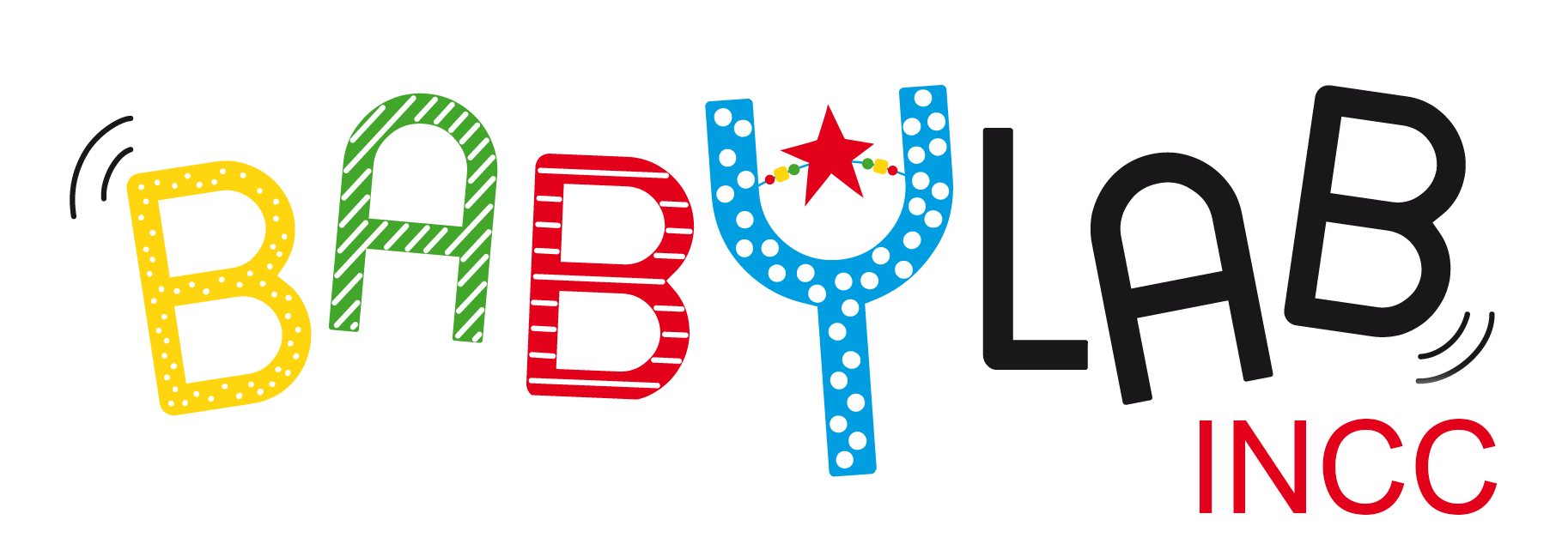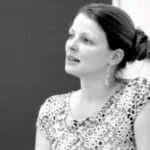2013-2015
Infants’ journey into the realm of language starts before they amaze their parents with their first babbles. Indeed, they already learn from the speech they hear in the womb. How does early experience interact with initial perceptual abilities early in life allowing infants to break into language so efficiently? The project proposes to answer this foundational question in the unified context of behavioral and brain development, combining behavioral methods, electrophysiology and optical brain imaging. Two lines of research will be conducted. Line 1 will investigate the role of visual cues in the discrimination of languages at birth and 4 months in full-term and preterm infants. Infants discriminate languages of the same rhythmic class on the basis of speech alone as late as 4 months, but they may use additional cues such as articulatory and facial gestures to discriminate within rhythmic classes at an earlier age. Testing this possibility with brain imaging will allow us to explore the origins of functional brain specialization for speech. Line 2 investigates how full term newborns and their corrected-age matched preterm peers perceive speech prosody, a feature of language believed to play a key role in the acquisition of grammar. The project is expected to yield breakthrough theoretical insights into the neurocognitive development of the youngest infants. We will test full-term and pre-term infants to disentangle the effects of language experience and brain maturation

